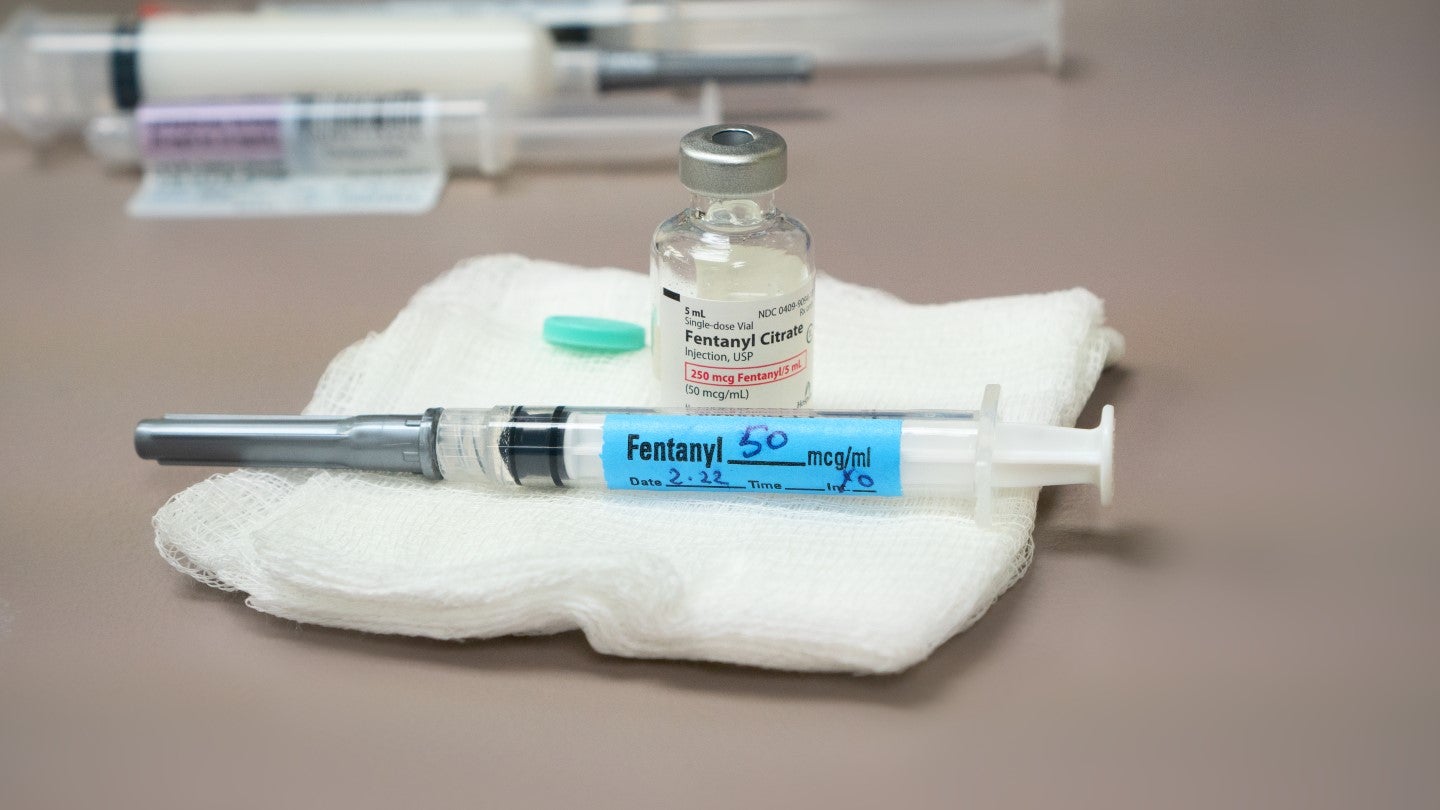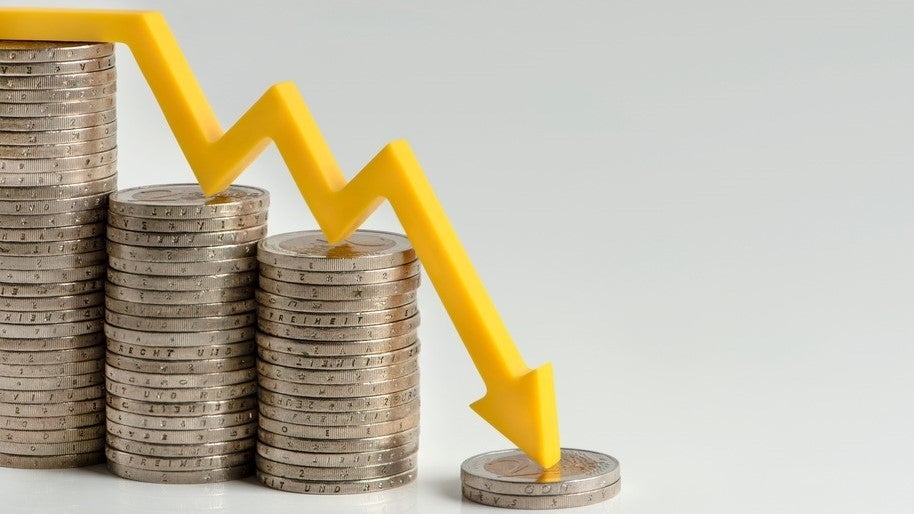
Fentanyl is a powerful opioid (a narcotic analgesic that is at least partly synthetic) that is being trafficked in increasing quantities from Mexico to the US by cartels. The Drug Enforcement Administration (DEA) recently announced that it had seized 10,000 pounds of illicit fentanyl in 2022 and pointed out that this volume represented enough fentanyl to kill every American. More importantly, this is more than twice the amount seized in 2021.
Fentanyl was first synthesised in 1959 and introduced to markets in the 1960s as a pain relief drug. However, Fentanyl’s addictive properties have resulted in its abuse. Theft, fraudulent prescriptions and unsanctioned distribution by patients and medical practitioners are the most common ways in which legal fentanyl products are illegally secured. Increased trafficking of illegal fentanyl represents a new threat to public health and safety.
A lethal drug that creates its own demand
According to the Centers for Disease Control and Prevention (CDC), fentanyl is 50 times as powerful as heroin and 100 times as powerful as morphine. The drug’s extraordinary potency makes it much easier for a consumer to fatally overdose. According to the National Institute of Drug Abuse, the total number of drug-involved overdose deaths in the US increased from 52,404 in 2015 to 91,799 in 2020. In this same period, overdose deaths in the US that involved synthetic opioids (primarily fentanyl) increased from less than 10,000 to 56,516. In other words, fentanyl has become the most lethal drug in the US (by some distance) in the space of five years.
Unfortunately, the drug’s considerable health risks do not, presently, threaten its widespread use and, therefore, its profitability. Fentanyl’s addictive properties mean that a) a consumer’s addiction will overpower any safety concerns they may have, and b) the drug can secure more addicts than it kills. Furthermore, fentanyl can be manufactured very cheaply, and its potency means it needs to be trafficked in only small volumes to satisfy demand north of the US-Mexico border. From a trafficker’s point of view, fentanyl is cheap to make, relatively easy to traffic and addictive enough to turn a sizeable profit.
As a result, traffickers are beginning to cut other narcotic substances with fentanyl, such as cocaine, heroin and methamphetamine. The logic behind this is simple and brutal: replace a percentage of a relatively expensive narcotic product with a cheaper substance that enhances the product’s addictive qualities. The trafficker can sell a cheaper product for the same price with a higher likelihood that the user will come back for more. This also means that drug users are increasingly likely to unknowingly consume a lethal substance that cannot be seen, smelt or tasted.
See Also:
Fentanyl could complicate drug policy reform
The war on drugs – that is, attacking the supply of drugs by cracking down on drug traffickers using law enforcement – has proven to be generally ineffective at reducing drug traffickers’ revenues. Drug policy reform – that is, legalising certain drugs to create legal markets and deprive drug traffickers of their revenue streams – is an alternative approach championed by many. Cannabis has been fully legalised in 19 US states. In October 2022, The Economist endorsed the legalisation of cocaine in the US.
How well do you really know your competitors?
Access the most comprehensive Company Profiles on the market, powered by GlobalData. Save hours of research. Gain competitive edge.

Thank you!
Your download email will arrive shortly
Not ready to buy yet? Download a free sample
We are confident about the unique quality of our Company Profiles. However, we want you to make the most beneficial decision for your business, so we offer a free sample that you can download by submitting the below form
By GlobalDataThe growing presence of fentanyl in cocaine, heroin and methamphetamine could complicate the merits of their legalisation. In theory, creating legal markets for these drugs would steal drug traffickers’ customers and force them to lower their prices, both of which damage their revenues. The growing presence of highly addictive fentanyl in illegal drugs complicates how effectively legalising these drugs would deprive drug traffickers of their customers. This is because legal manufacturers of cocaine, heroin and methamphetamine would almost certainly not receive regulatory approval to cut these drugs with a substance as addictive and potent as fentanyl. As a result, illegal cocaine, heroin and methamphetamine mixed with fentanyl would remain more addictive than their legal counterparts, which would translate to a competitive advantage held by illicit narcotic providers.
A dangerous future
The quantities of fentanyl trafficked to the US are only going to increase. This represents a grave threat to public health and further complicates a global drug trafficking crisis, the solution to which continues to elude governments around the world.









Related Company Profiles
DEA srl